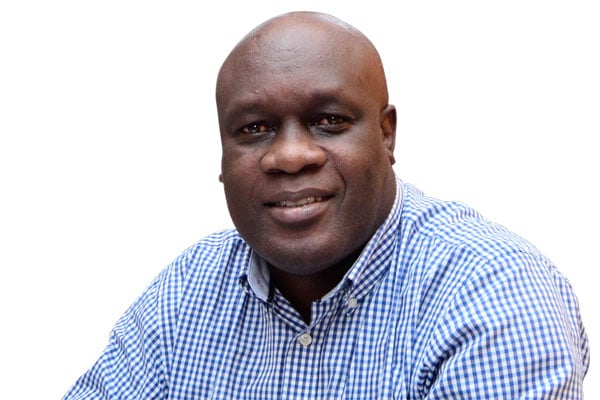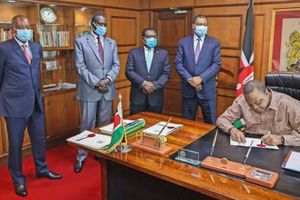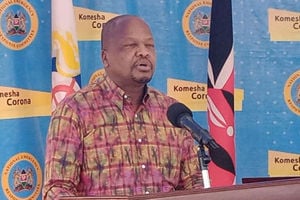Right of reply stands hand in glove with right of expression

Writer: Odoobo C. Bichachi is the Nation Media Group (NMG)-Uganda public editor. PHOTO/FILE.
In journalism, the right to respond and the right of reply are as important as the right of expression. They are embedded in the “fairness doctrine” so you cannot champion one and negate the others.
Two weeks ago, lawyer Sebastian Orach of Sena Advocates, walked into my office to register his client’s complaint about a story, “Seven new bridges in Tororo collapse before hand over” August 4) and an editorial, “Probe collapse of bridges in Tororo” (August 5). He said the articles were unfair, inaccurate, misleading, and his client – the district engineer’s – explanation was not included even when he had shared his views with the reporter.
Mr Orach, then with Hall & Partners, represented and defended me several times at Police CID and magistrate’s court whenever I was dragged there for interrogation or charging over one media “offence” or another during one of my stints as managing editor. It was therefore ironical that he was coming before me to “accuse the press”.
Well, because Mr Orach is a defender and friend of the press, he did not run to court straightaway or issue one of those threatening legalese-padded letters that lawyers are wont to throw around to impress their clients or threaten alleged offenders. He instead came with a letter highlighting issues his client had with the story and a press release giving the perspective of Tororo district which had missed out in the original articles.
I shared this feedback with editors, spoke to the reporter to ascertain veracity of the issues raised and made recommendations on resolution of the matter.
A few things are worth mentioning in my findings, though, because they are at the core of our journalism – accuracy, balance and fairness.
One, were the articles accurate? Only in as far as there are seven “broken” bridges that had not been commissioned. It lacked the context of the floods (an act of nature) that ravaged the area, temporary nature of the bridges (culverts with murram compressed over through swamps) and what the district and Ministry of Works were trying to do.
Instead they played up alleged corruption as the key ingredient, without telling us the cost of the bridges.
Two, were the articles balanced? No! The district’s explanation was not carried. As a result the editorial commentary proceeded on the basis of half information to call for sanction.
Three, were the articles misleading? Yes, especially because they carried photos of a broken bridge over Mpologoma River between Pallisa and Kamuli claiming it was of one of the broken bridges in Tororo.
The NMG Editorial Guidelines provide for a robust feedback and problem resolution mechanism under the clause “Opportunity to reply” which states:
“A fair opportunity to reply to inaccuracies should be given to individuals or organisations when reasonably called for. If the request to correct inaccuracies in a story is in the form of a letter, the editor has the discretion to publish it in full or its abridged and edited version, particularly when it is too long. However, the editor should not omit or refuse to publish important portions of the reply/rejoinder, which effectively deal with the accuracy of the offending story.
If the editor doubts the truth or factual accuracy of the reply/ rejoinder, even then, it is his/her duty to publish it with liberty to append an editorial comment doubting its veracity. Note that this should be done only when this doubt is reasonably founded on impeccable evidence in the editor’s possession. The editor should not, in a cavalier fashion, without due application of mind, append such a note as: ‘We stand by our story’.”
*****
Readers have your say
Teddy Komunda: Another embarrassing and annoying goof to the reader in Daily Monitor of August 24, 2021 on page 2 in the caption under “The Archives” picture. It says, Queen Elizabeth II visited Uganda in 1926 and that Sir Andrew Cohen was the governor of the country!
Queen Elizabeth was in fact born the year she’s supposed to have visited Uganda, 1926! She actually came to Uganda in 1954 and Sir Andrew Cohen was governor between 1952 and 1957. Your readers deserve better than constantly being misinformed!
Public Editor: Thank you for this feedback. A correction was published in the Daily Monitor of August 25.
Send your feedback/complaints to
[email protected] or
call/text on +256 776 500725.

